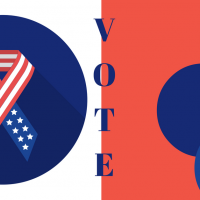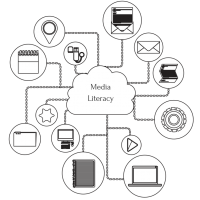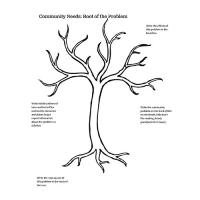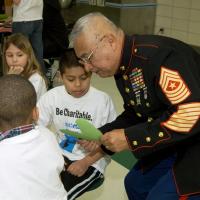Learners use visual literacy skills to analyze the components and message of an image. The students identify issues that are meaningful to them and create a simple image/message and then design a social media campaign to advocate for their issue.
- Read more about Image Conveys a Powerful Voice: Yours!
- Log in or register to post comments



